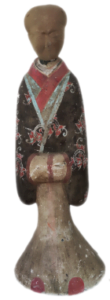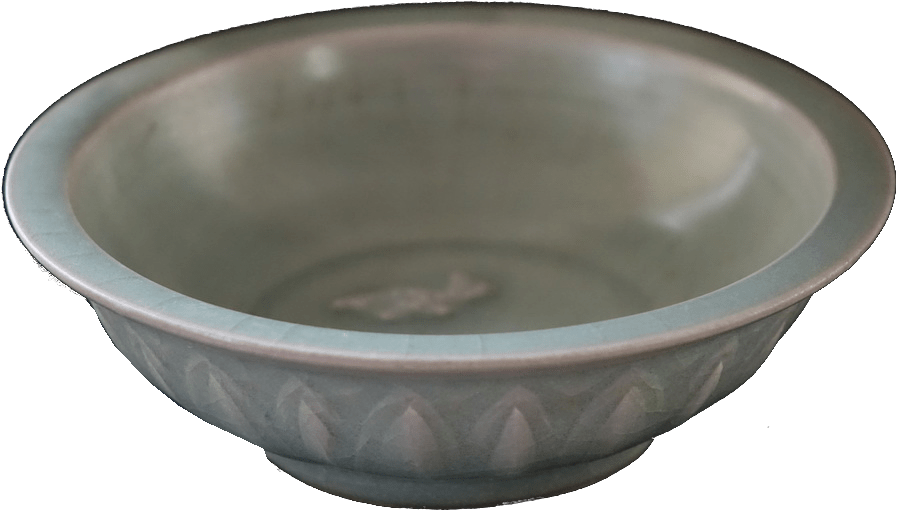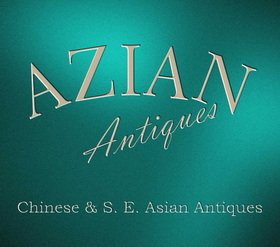Chinese & S. E. Asian Antiques
Azianantiques.com is an online shop selling Chinese S. E. Asian Antiques and collectables, located in Brisbane, Queensland (we do not have a shopfront location).
If there is something on our website that is of interest to you we can be contacted through our contact form
For those interested in our collection of Buddha statues and Buddhist Iconography please visit

HAN DYNASTY (202 BC - 9 AD) - (25-220 AD)
During the Han Dynasty (206 BC – 220 AD), the practice of placing objects referred to as Ming qi in tombs and burial chambers became popular among the mainstream peoples of China, this resulted in a thriving industry in the production of earthenware and terracotta ming qi objects, made specifically for funerary purposes to accompany the departed into the afterlife.
Read More

TANG DYNASTY 618-907 AD
Ming qi tomb objects manufactured during the Tang dynasty became more colorful and imaginative, most were made from low-fired earthenware intended exclusively for burial. Three northern kilns were the main producing sites for the majority of lead-glazed Sancai wares, also referred to as three-colored wares.
Read More

SONG DYNASTY 960-1279 AD
After the collapse of the Tang dynasty, there was a period of upheaval and chaos in which a succession of dynasties and kingdoms followed. In the middle of the 10th century, a military leader and statesman known as Zhou Kuangyin founded the Song dynasty, once again reunifying China.
The Song dynasty was divided into two periods the Southern Song (1127-1279 AD) and the Northern Song (960-1126 AD).
Porcelain and Ceramics manufactured during the Song dynasty became highly sophisticated, becoming more refined with beautiful subtle glazes in a wide variety of colours exhibiting simplicity in style.

MING DYNASTY 1368-1644 AD
From the Tang dynasty and into the Ming dynasty ming qi funerary tomb wares were frequently glazed, unlike those that were produced during the Han dynasty where the majority of tomb objects were unglazed and painted with natural coloured pigments found in nature.

